The AK-74 is a Soviet-made assault rifle and a successor of the legendary AK-47. It was developed and designed by Mikhail Kalashnikov. The rifle is chambered in a revolutionary 5.45×39 mm cartridge.
Introduction
It was expected that with the western nations turning to small calibers for their military riles, the Soviets would eventually follow suit. They had developed a necked-down version of their standard 7.62 mm M43 cartridge with a 5.56 mm bullet in the 1960s. However, this appears never to have had any military applications other than as a research vehicle. What was also to be expected was that it would be to a caliber and chambering entirely online anything in the west and totally incompatible with any western weapon system when they did move.
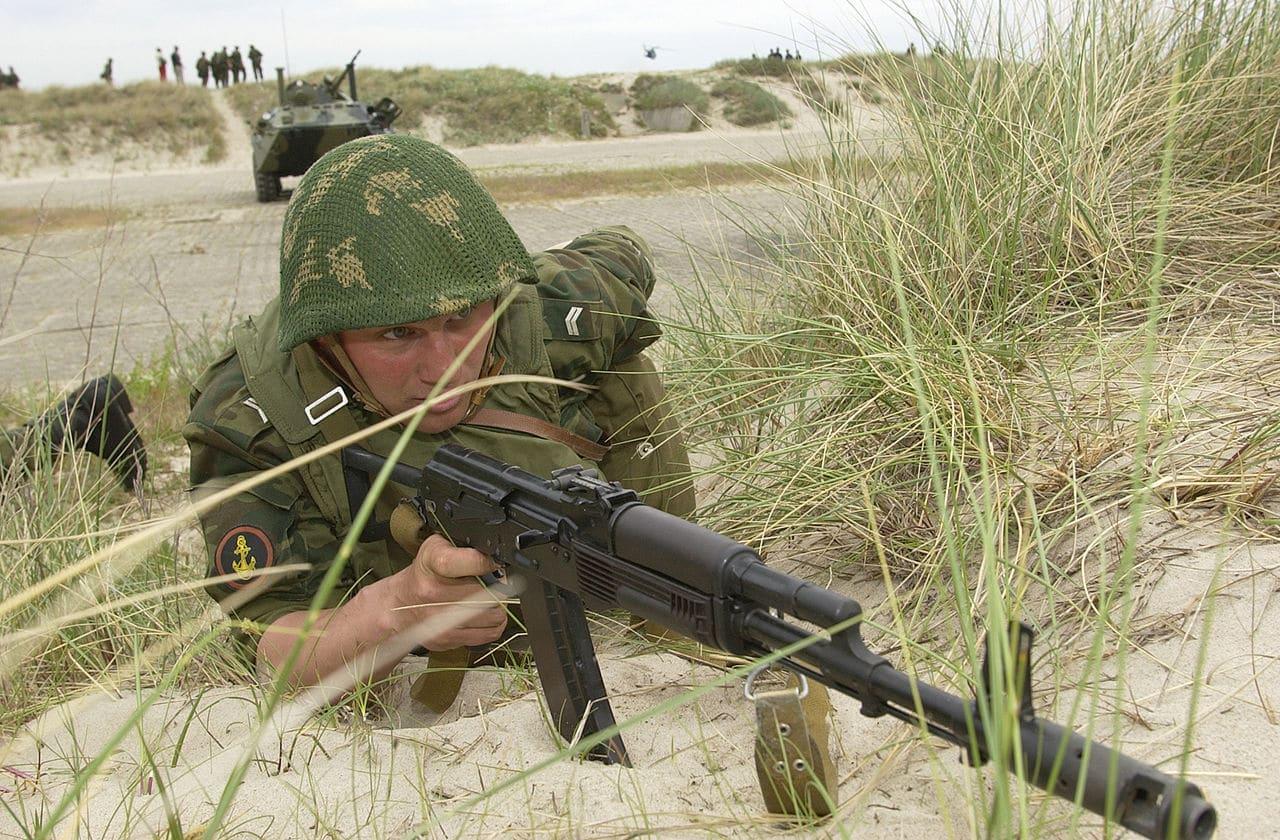
The AK-74 was first seen by outsiders in 1979 in the same year as the Soviet Army intervened in Afghanistan. It has become available to western agencies mainly after being captured by Mujahideens in Afghanistan. The head of the Afghan bureau of the Pakistani Inter-Services Intelligence claimed that the CIA paid $5,000 for the first AK-74 captured by the Mujahideen during the Soviet-Afghan War.
Design
In general, the AK-74 is a modified AK-47 insofar as it uses the same receiver and stock, pistol grip, trigger unit, and general configuration. The bolt is smaller, but the bolt carrier and gas piston are the same. The magazine is thick and tough plastic, thick so that it can fit into the AK-47 magazine housing without demanding any modification. It holds 10 more of the smaller cartridges than did the AK-47 magazine. The wooden fore-end grip has a horizontal groove, useful as a recognition feature if nothing else.

The most obvious change is the addition of a muzzle brake, designed to divert some of the ejected gases sideways and upwards to counter recoil and upward climb during automatic fire. This appears to be very successful since tests have shown that the rifle can be controlled quite well when firing automatically. The recoil force has been reduced to a level approximately that of a .22 rimfire sporting rifle.
Unfortunately, muzzle brakes are a two-edged sword; they make life easier for the shooter, but they make life difficult for the men next to him, diverting the muzzle blast sideways, and Soviet medical publications have printed one or two articles on the dangers of ear damage on firing ranges with the new rifle.
5.45×39 mm cartridge
The new cartridge is conventional enough, the case being slightly shorter and fatter than the .223. The bullet weighs 53 grains, is fully jacketed and boat-tailed, and has a muzzle velocity of 900 meters per second (2950 ft/sec). This is rather low for this class of weapon but appears to be adequate for combat purposes.
Internally, the bullet is remarkable for having a vacant space in the nose; the major part of the core is mild steel, with a short lead section at the front. This combination appears to facilitate expansion, bent noses, and tumbling on impact to deliver a severe wound. It is also somewhat complicated to mass-produce with any accuracy.

The rifling twist is very steep – one turn in 26 calibers – and the rifling is beveled on its leading-edge so as not to incise the bullet jacket during its travel up the bore. Tracer and armor-piercing bullets have also been reported, though there is no information available on the armor-piercing type’s penetration ability.
Variants
Two types of rifles have been seen; the standard AK-74 has a wooden butt, while the AK-74S has a folding steel butt and appears to be issued to paratroopers and special forces only. The AK-74 replaced the AK-47 in Soviet service and was adopted by other Warsaw Pact members.
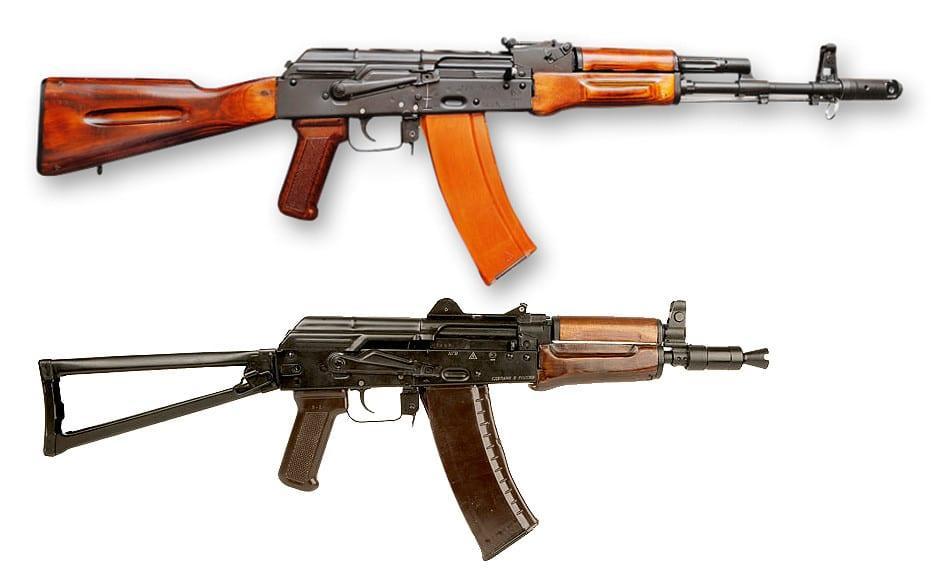
Today, the rifle is used by most countries of the former Soviet Union. Licensed copies were produced in Bulgaria (AK-74, AKS-74, and AKS-74U) and former East Germany (MPi-AK-74N, MPi-AKS-74N, MPi-AKS-74NK).
Technical specifications: AK-74
| Manufacturer: | Kalashnikov Concern, SSSR |
| Designed: | 1974 |
| Service: | 1974 |
| Type: | gas-operated, selective fire |
| Caliber: | 5.45×39 mm |
| Barrel: | 15.75 in (400 mm) |
| Weight (empty): | 7.93 lbs (3.6 kg) |
| Effective firing range: | 500-800 m |
| Rate of fire: | 650 rounds per minute |
| Magazine capacity: | 40, 45, and 60 rounds magazines |
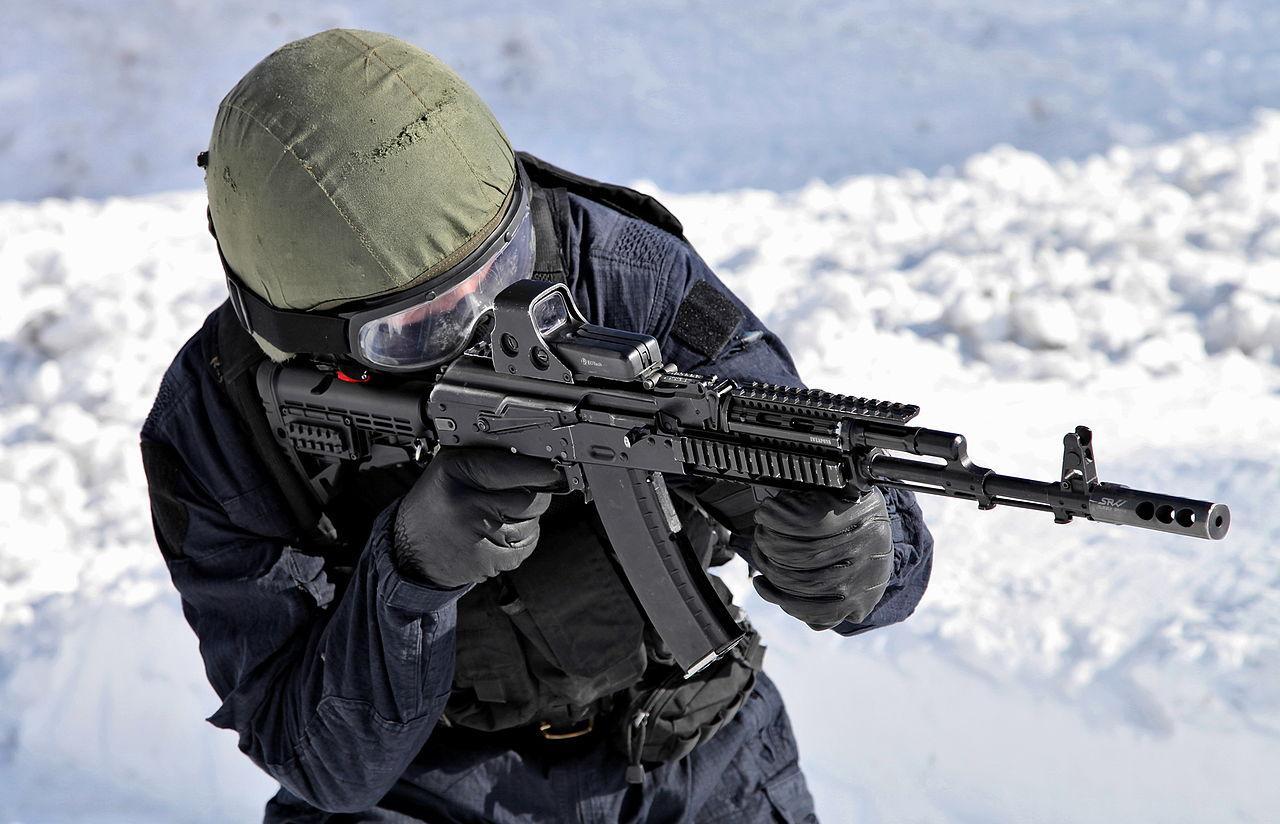
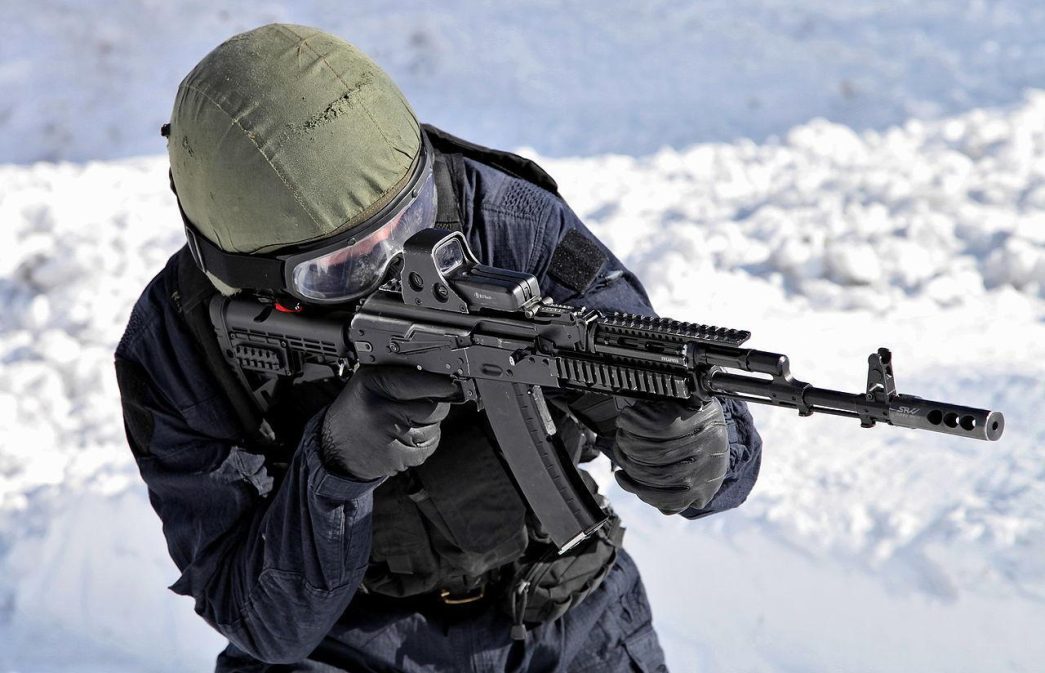
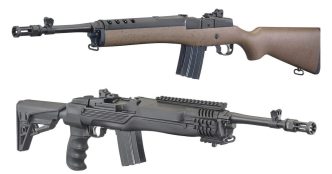
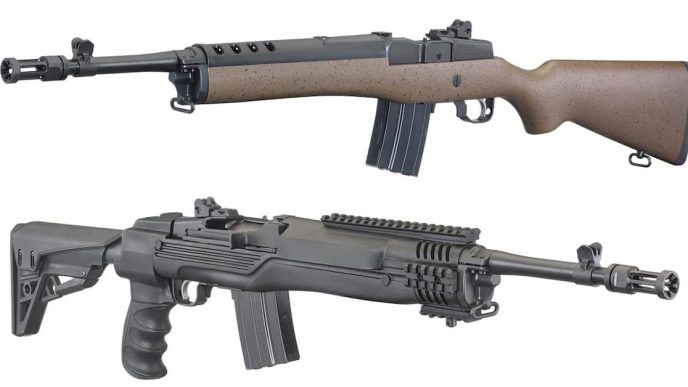
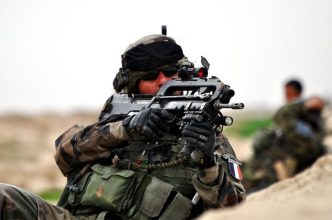


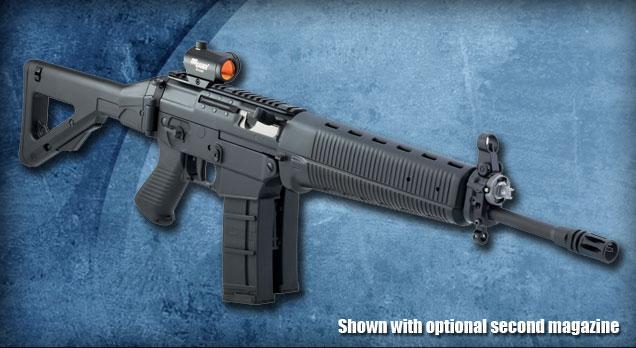
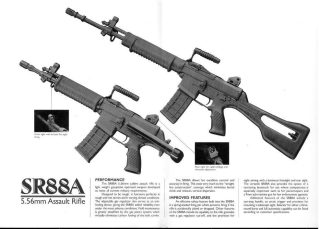
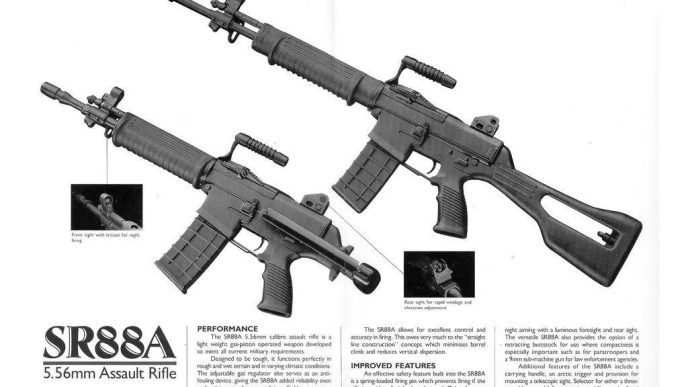
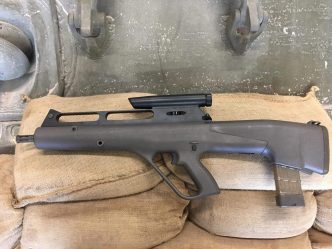
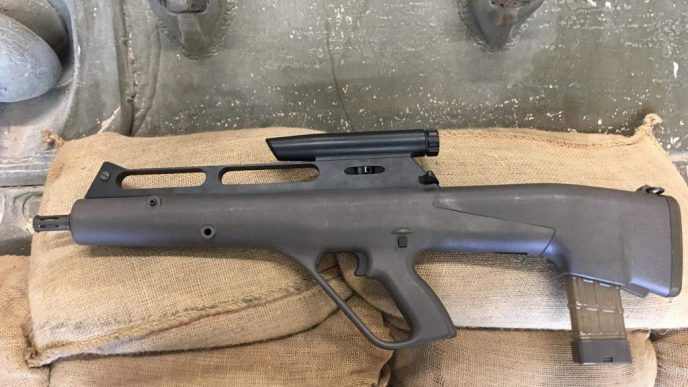
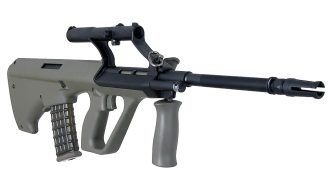

So much wrong with this article!
AK-47 isn’t legendary. In the real world, at least. It might be everpresent in movies and games but in real life AK-47 is one of the least common and also one of the worst variants of an AK rifle. Because of its milled receiver the rifle is heavy, expensive and slow to produce, not to mention the ergonomics aren’t great. The handguard is smooth and narrow, making it very difficult to grip it, especially with sweaty hands. The stock is canted downwards which makes the gun climb more on recoil.
The Soviets realised that very quickly; by 1950s they started the development and production of the AKM (Avtomat Kalashnikova Modernizirovanyi / MODERNISED) with a stamped metal receiver and ergonomically better handguard and stock. Other features also included a fire rate reducer and a simple climb reducing device at the end of the barrel. By the end of 1960s they have completely replaced the AK-47 rifles. AKM served as THE direct predecessor to the AK-74, as well as all later AK pattern rifles in Soviet an Russian service. Including the latest AK-12. AK-47 was just an early, blind developmental branch. Kinda like the Homo Neanderthalensis.
Early AK-74 rifles were nothing more than an AKM with a muzzle brake, rechambered for the new 5.45×39 cartridge.. The receiver, stock and handguard remained exactly the same. You can even see that on the photo. Despite what the WRONG description says, the receiver of the AK-74 is different than the one of the AK-47. So is the handguard, stock, bolt carrier, top cover, sights and gas block. The basic mechanism and layout might have stayed the same but almost no parts at all easily interchange between AK-47 and AK-74.